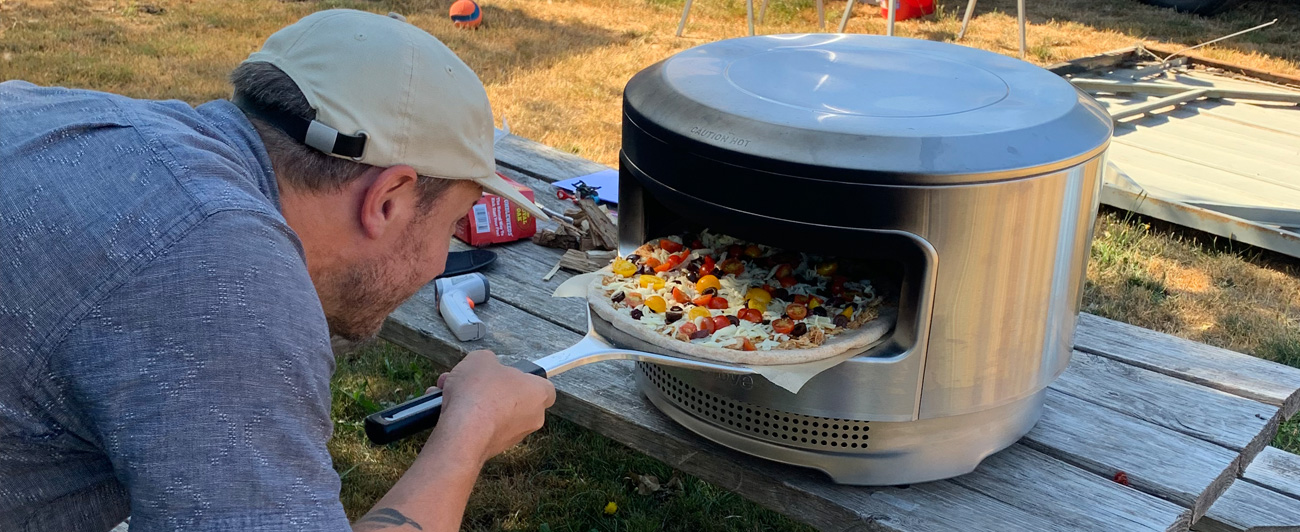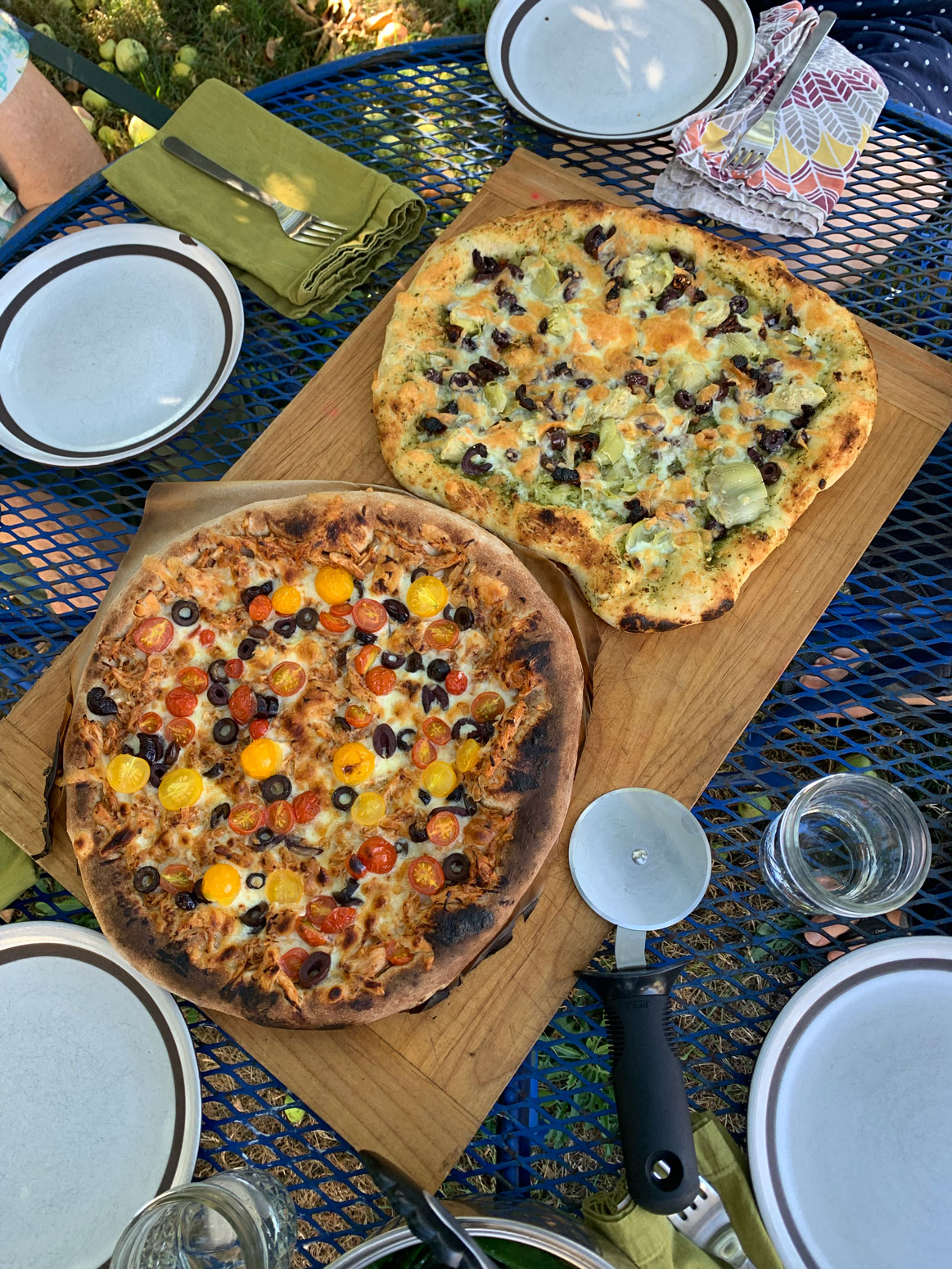Food
A More Perfect Slice
Solo Stove’s Pi Dual Fuel Pizza Oven
I don’t remember exactly when it happened, but at some point in my mid-20s (over 15 years ago for anyone keeping count) I became obsessed with making pizza at home. After initial forays with poorly stretched dough, lackluster ingredients and sheet pans that did not—indeed, could not—hold the kind of heat one needed to create a well-crisped crust, I set out to learn what I could about how one might come close to replicating the crispy, molten perfection of the slices I got at my favorite pizza places in Seattle.
Of course, unless you have a wood-fired brick pizza oven in your backyard or a gas oven the size of a SMART car in your kitchen, it can be fairly difficult to actually achieve that. You can add pizza stones and bricks and lava rocks to your kitchen range, but even the best results often fall short of hopes and expectations.
Which isn’t to stay I don’t try. Pizza night is a weekly, family affair. We have a rotating menu that changes with the seasons—and the vegetables they provide—and it’s popular not only in my immediate family but in our wider circle of extended family and friends. Over the years, I’ve managed to cobble together a pretty decent pizza-baking system. I made good pies that were pretty close to what they turned out at our neighborhood pie shop, and at a fraction of the price.
And then I got a Pi Pizza Oven from Solo Stove this past summer and realized I could do even better. If I can’t have that SMART car-sized oven with injectable steam, I have to say Solo Stove’s offering is a solid alternative.
The first test with it came during a particularly hot stretch this summer. The ability to set up and cook outside with the Pi oven meant I could avoid an already uncomfortably warm kitchen that would have reached sweltering point after warming a range to 550 degrees for an hour. With a bag of wood chunks from the hardware store, I had the Pi up to temperature (about 615 degrees) in less than 30 minutes, all while sipping a cool beverage in the shade of my apple tree out back.
Needless to say, the pizza—our family recipe consisting of a pesto base, mozzarella, olives, artichoke hearts, capers and sun-dried tomatoes with occasional guest ingredients—turned out picture perfect. Where cooking in the oven can, at times, yield a crust that is inconsistently crispy, the Pi’s cordierite baking stones (reversible) and dome-shaped roof nailed the crispy/melty balance. The addition of a pizza turner—basically an oversized spatula—ensured that baking the pie evenly around its entire circumference was a cinch.
In addition to a well-baked crust right from the get-go, another benefit of the Pi revealed itself a few weeks later when my wife, Jen, made plans to join a group of friends for a family campout in Oregon—and have a campground pizza party. The Pi oven is relatively portable, making it perfect for mixing things up when it comes to car-camping meals. What’s more, with the option of an attachable gas burner, there were no worries about whether a wood-burning pizza oven would be violating the “No Fires” rule in effect at the campground.
If you can think of a better combination than camping and fresh-baked pizza for a bunch of 5-10-year-old kids (or 11-99 year olds, for that matter) I’m all ears. The gas burner was simple to use with a standard propane tank, and the assembled kiddos all got to try their hand at putting together pies.
I can’t rule out the possibility that I might try to build a brick pizza-making monstrosity in my back yard someday. It’s the kind of thing I would do (see: my pandemic-built greenhouse). But until that day, I will be happily baking pies in the Solo Stove Pi Oven, summer and winter, at home and on the road—on my never-ending quest to create a more perfect slice.


